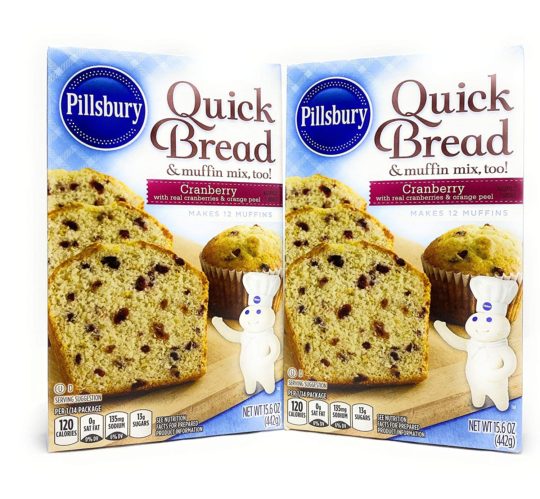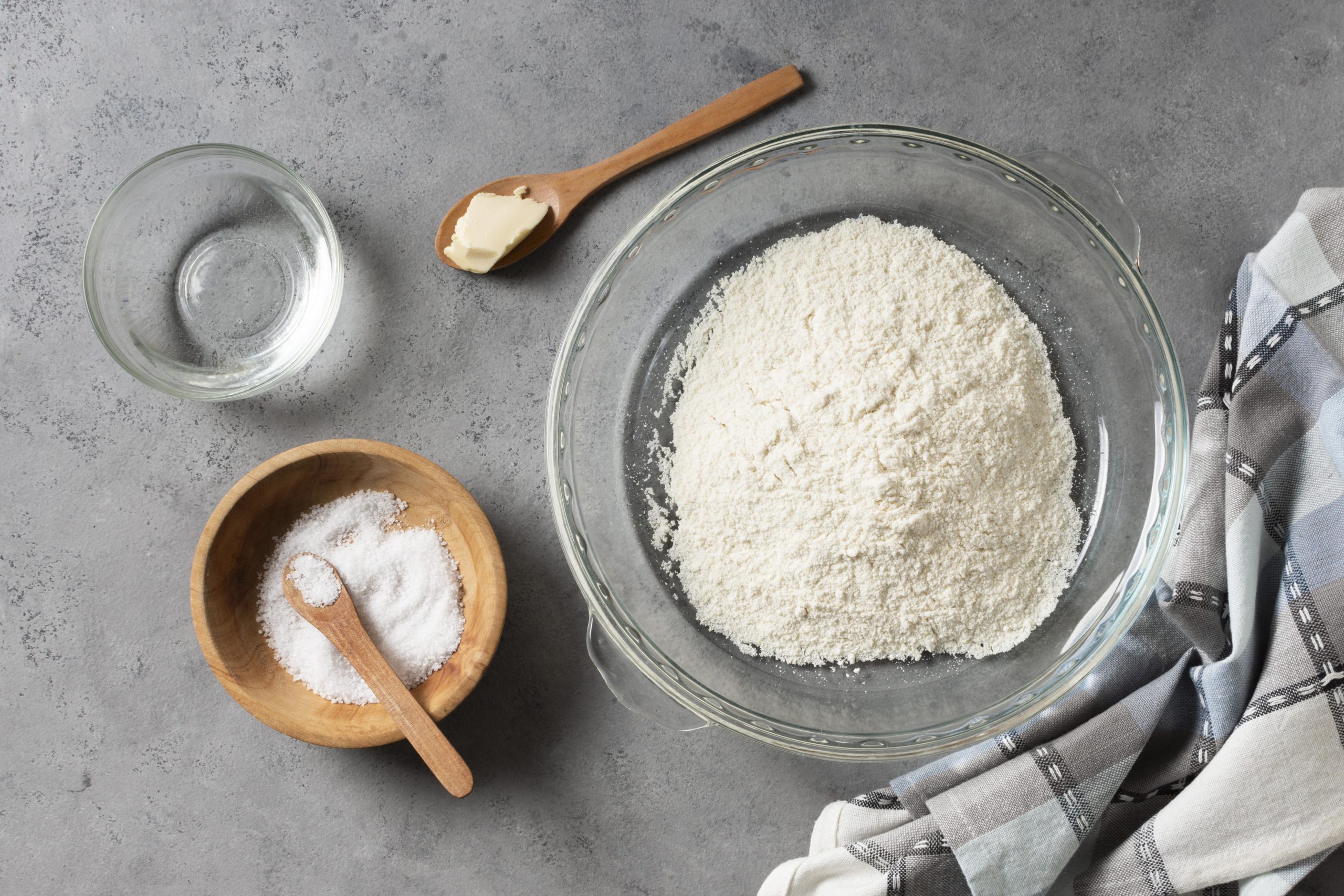When two-ingredient sound and look related, it’s normal to assume they can be interchanged in recipes. Take self-rising flour, for instance, and how many wonder if it can replace regular flour. And while some are curious about the possibility, others may fear their compositions are too different. And with such worry comes reluctance and the refusal to give it a second thought.
But it’s entirely possible to replace all-purpose flour with self-rising flour in many recipes. All that’s needed is an understanding of what both ingredients do in baking recipes. As such, we’ll delve into the intricacies of self-rising flour. And we’ll also weigh the distinctions and similarities between it and regular flour.
Self-rising flour vs all-purpose flour
Both flours are among the most commonly used in baking, and one main reason is that they’re the most rampant. And they’re not so different, minus a few factors, of course. All-purpose flour, being the regular variety almost every baking enthusiast knows, is made from wheat. But unlike its whole-wheat counterpart, the germ and bran are removed, leaving only the endosperm for grounding. And it may also be a combination of both hard and soft wheat.
Self-rising flour isn’t so different either, especially since the base ingredient in its composition is all-purpose flour. But most times, its flour is derived from soft wheat, especially the store-bought ones. The contents of self-rising flour also include baking powder and salt in its mixture. This addition means the flour rises without adding leavening agents to the dough, hence its name. And most products tend to come with around 1½ teaspoons of baking powder, with about ¼ teaspoons of salt per cup.
Why the switch?
Choosing self-rising flour over all-purpose flour is possible for different reasons. But the most common ones include;
Convenience-With the self-rising flour, you won’t need to consider adding extra baking powder or salt to the mix. It’s a faster way to make your favourite pancakes, muffins, and biscuits without worrying about piling up the pantry.
Less Protein-All-purpose flour contains around 10 to 12% protein, which means more gluten. But self-rising flour has a lower protein composition of about 8.5. This difference becomes evident in the finished product, as the latter produces more tender baked goods than the gluten-high all-purpose flour.
Emergency In some cases, self-rising flour is all you have. And you can’t spare the time or energy of rushing to the grocery store. As such, you can still use it in place of all-purpose flour, provided you understand how to make the switch.
Substituting all-purpose flour with self-rising flour
While it’s possible to substitute self-rising flour for all-purpose flour, it’s imperative to note that this doesn’t work in all cases. But in places where it does, here’s how to do it;
In cookies and pancakes
This suggestion is perhaps the most convenient angle where swapping self-rising flour for all-purpose flour seems to work best. Most cookies or pancake recipes call for around ½ to one teaspoon of baking powder, so they meet the criteria of self-rising flour. Plus, the product quickly spreads because it has less gluten, resulting in a flatter, tenderer baked goods. As such, you can substitute equal amounts of self-rising flour for all-purpose if the recipe only calls for a maximum of one teaspoon of baking powder per cup. Also, if the salt quantity is ¼ teaspoon, omit it from the recipe. But if it’s more, ensure to adjust it to fit.
In quick bread
The rule for replacing all-purpose flour with self-flour in cookies also applies to quick bread as well. And since most quick bread recipes like banana bread use no more than one teaspoon of baking powder, you can make the switch. You’ll also need to take out the salt called for if the recipe requests ¼ teaspoon. But if it’s more, add enough to compensate for the deficit. But note that self-rising flour may result in a thinner batter and slightly flatter bread after baking. But the density is lighter, and the difference in size is barely noticeable. Another thing to note is only using self-rising flour as an all-purpose flour replacement if the recipe doesn’t include yeast.
In cakes
Self-rising flour works best in recipes that use a maximum of 1 teaspoon of baking powder per cup of all-purpose flour. And in such cases, the cake will come out with a splendid-looking crumb and a lighter fluff. But this switch doesn’t work for recipes that use only baking soda as a leavening agent. And for those that do, you’ll still have to add as much baking soda called for in the recipe for an extra rise. Still, the baking powder in self-rising flour is enough to give the cake a good amount of leavening. Also, make adjustments if the quantity of salt called for is more than a quarter teaspoon.
While it’s convenient to substitute self-rising flour for all-purpose flour in these instances, it’s challenging in other cases. For example, you can’t use it successfully if the recipe calls for less than a quarter teaspoon of salt. And if the amount of baking powder in the instruction is lower than half a teaspoon, you won’t be particular about how well to swap them both. Luckily, most baking recipes start at a minimum requirement of ½ teaspoon of baking powder and ¼ teaspoon of salt.
Frequently asked questions (FAQs)
Is bread flour the same thing as self-rising flour?
No, it isn’t. Bread flour is flour with high-protein content, which means the dough comes out dense due to more gluten. But self-rising flour is a combination of all-purpose flour, baking soda, and salt. It’s mainly used for pancakes, muffins, cakes, and bread without yeast.
What happens if you add yeast to self-rising flour?
When yeast is added to self-rising flour, the bread or baked goods will over-rise. As such, the top will crack and probably cave in. Plus, the additional salt added from the yeast bread recipe will make the result too salty.
Can you use self-rising flour in pizza?
No, you can’t. Self-rising flour doesn’t have enough leavening powder to give pizza dough a light crust. Also, the flavour difference will be noticeable when compared with the gluten-rich hard wheat flour.
Conclusion
While self-rising flour won’t work in all situations, it still makes a vital substitute for all-purpose flour in some places. And in those cases, it’s a convenient and low-gluten alternative most people have come to appreciate. So next time you plan to make banana bread or whip up some pancakes for breakfast, remember that self-rising flour is a great backup plan.




